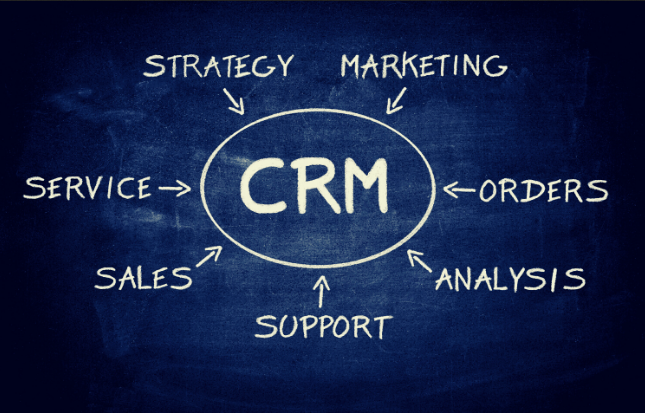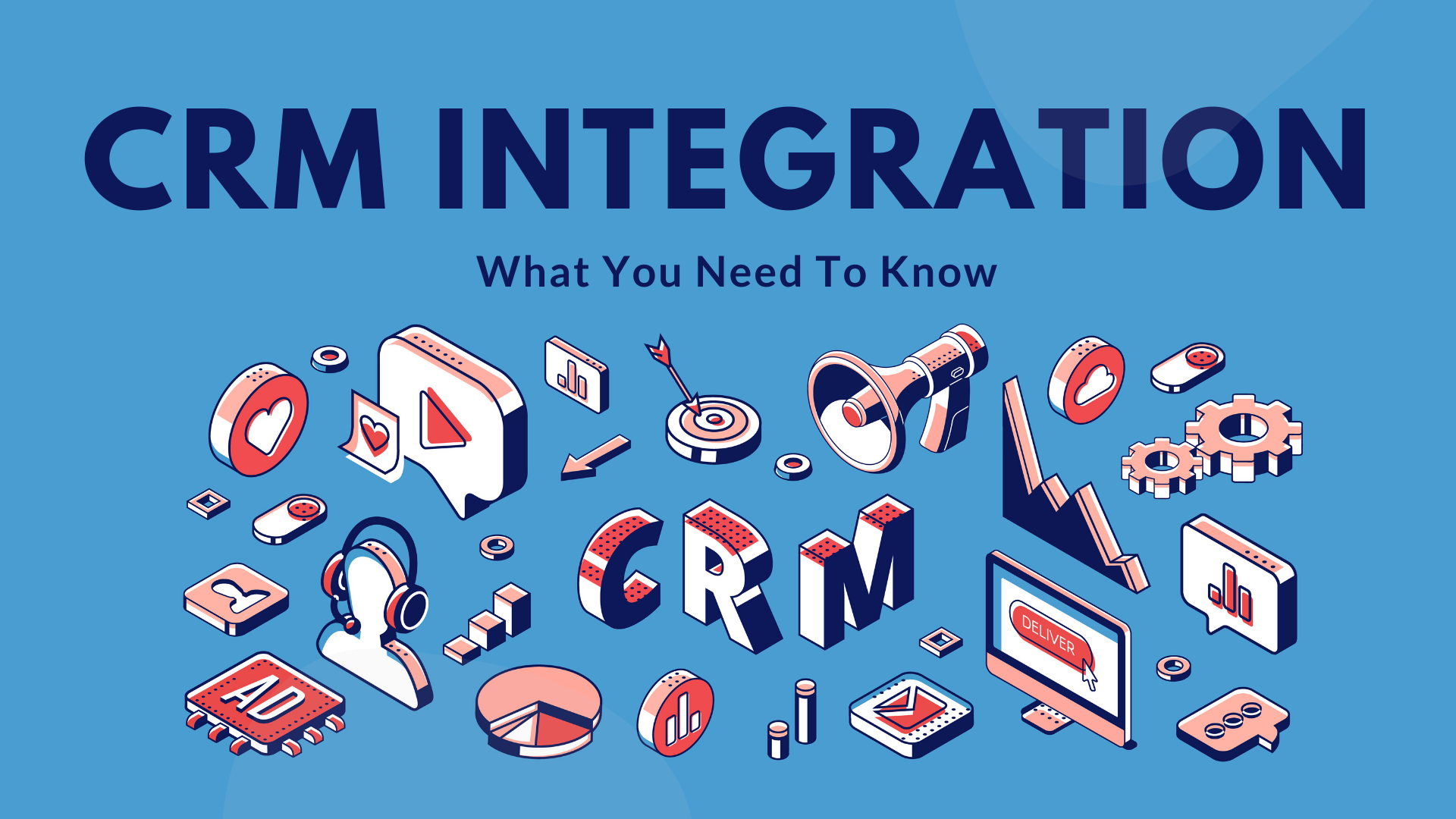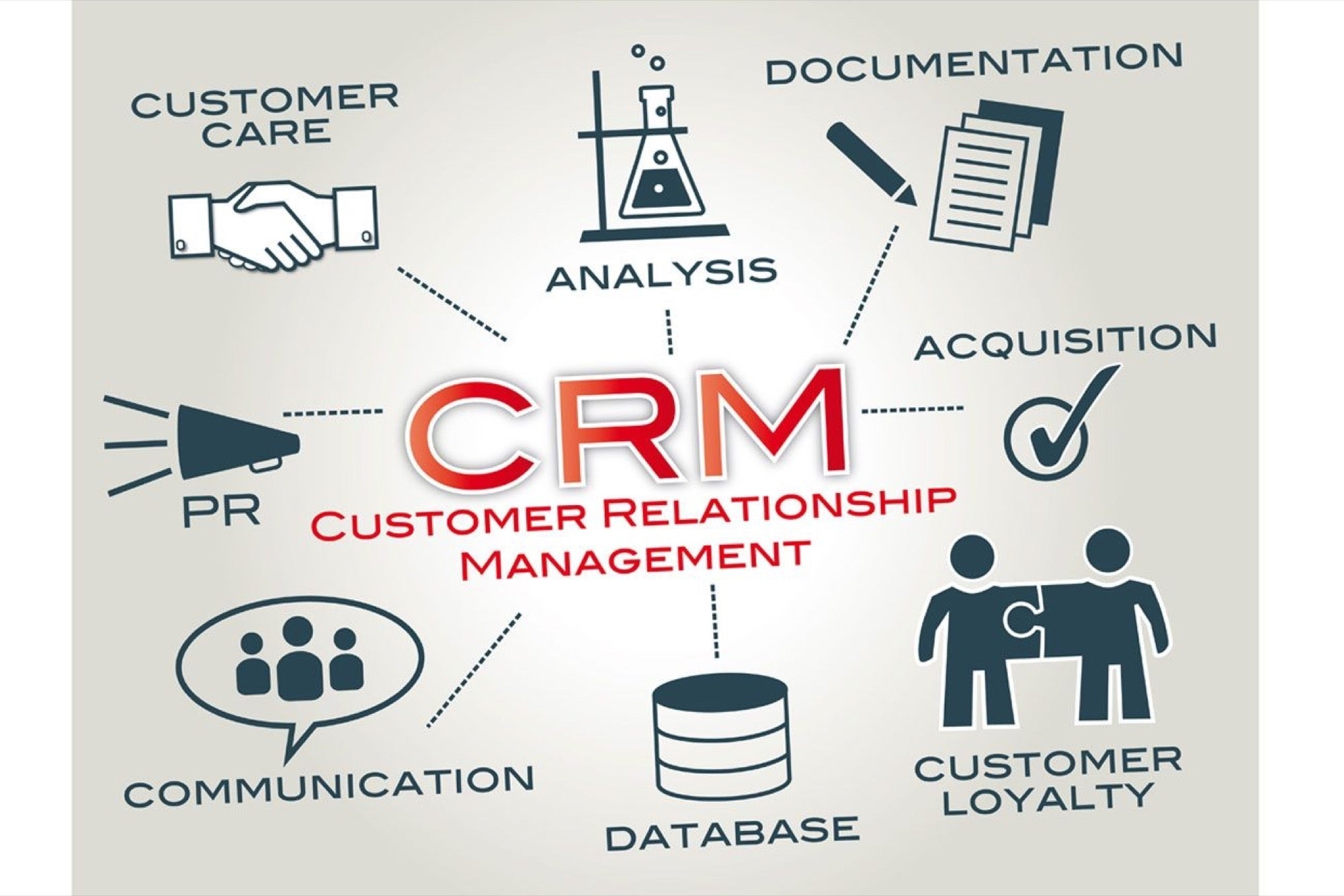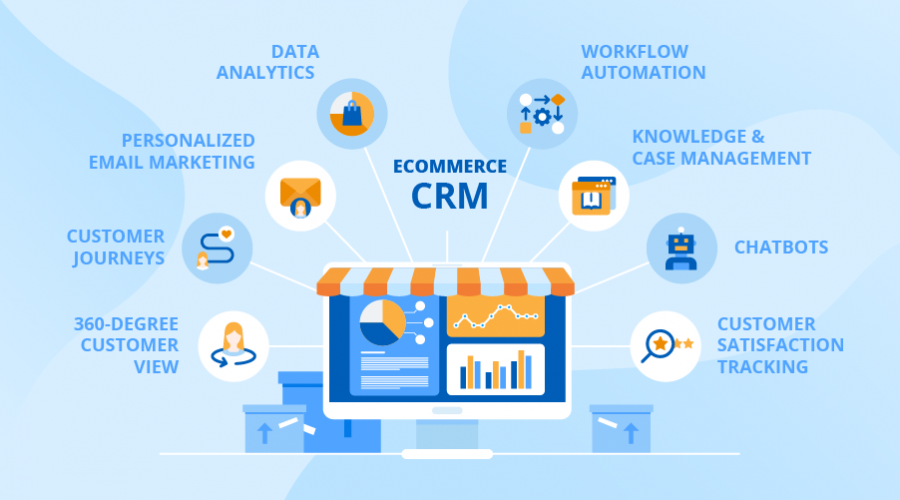CRM Marketing Analytics: Supercharging Your Strategy with Data-Driven Decisions
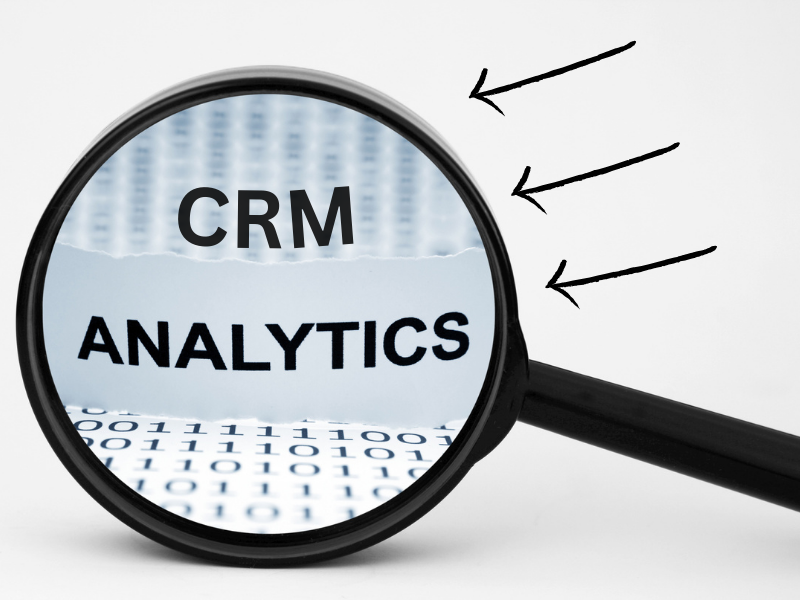
Introduction: The Power of Data in Your Marketing Arsenal
In today’s hyper-competitive business landscape, marketing is no longer just about gut feelings and creative flair. It’s about data. It’s about understanding your customers, anticipating their needs, and delivering personalized experiences that drive engagement and, ultimately, revenue. This is where CRM marketing analytics comes into play. It’s the secret weapon for marketers who want to move beyond guesswork and make informed, data-driven decisions.
CRM (Customer Relationship Management) systems are no longer just for sales teams. They’re becoming the central nervous system of marketing operations, housing a wealth of customer data that, when analyzed correctly, can unlock incredible insights. CRM marketing analytics is the process of extracting, analyzing, and interpreting this data to improve marketing performance, enhance customer relationships, and boost your bottom line.
This comprehensive guide will delve deep into the world of CRM marketing analytics. We’ll explore what it is, why it’s essential, the key metrics to track, the tools and techniques you can use, and how to implement it effectively. Get ready to transform your marketing from a cost center into a revenue-generating powerhouse.
What is CRM Marketing Analytics? A Deep Dive
At its core, CRM marketing analytics is the application of analytical techniques to data stored within a CRM system. This data can include everything from basic customer demographics and contact information to detailed records of their interactions with your brand, such as website visits, email opens, purchase history, and customer service interactions. By analyzing this data, marketers can gain a holistic view of their customers and their behavior.
This data is not just about numbers; it’s about understanding the ‘why’ behind those numbers. Why do some customers convert while others don’t? Why do some customers churn? What are the most effective marketing channels for different customer segments? CRM marketing analytics helps you answer these critical questions and more.
The process typically involves these key steps:
- Data Collection: Gathering data from various sources, including your CRM, website analytics, social media, and email marketing platforms.
- Data Cleaning and Preparation: Ensuring the data is accurate, consistent, and ready for analysis. This involves removing duplicates, correcting errors, and formatting the data properly.
- Data Analysis: Applying statistical techniques and analytical tools to identify patterns, trends, and insights within the data.
- Data Visualization: Presenting the findings in a clear and concise manner, often using charts, graphs, and dashboards.
- Interpretation and Action: Drawing conclusions from the analysis and using the insights to inform marketing strategies and tactics.
Why is CRM Marketing Analytics Important? Unveiling the Benefits
The benefits of CRM marketing analytics are numerous and far-reaching. Here are some of the key advantages:
- Improved Customer Understanding: Gain a 360-degree view of your customers, including their demographics, behaviors, preferences, and needs. This allows you to create more targeted and personalized marketing campaigns.
- Enhanced Marketing ROI: Optimize your marketing spend by identifying the most effective channels, campaigns, and strategies. This leads to higher conversion rates, increased revenue, and a better return on investment (ROI).
- Increased Customer Retention: Identify at-risk customers and proactively address their concerns. Personalized communication and targeted offers can help you retain valuable customers and reduce churn.
- Better Lead Generation: Identify high-potential leads and nurture them through the sales funnel. This can lead to a higher number of qualified leads and increased sales.
- Personalized Customer Experiences: Deliver relevant and personalized content, offers, and experiences to each customer based on their individual preferences and behaviors. This creates stronger customer relationships and increases brand loyalty.
- Improved Sales and Marketing Alignment: Align your sales and marketing efforts by sharing data and insights. This helps both teams work together more effectively to achieve common goals.
- Data-Driven Decision Making: Make informed decisions based on data rather than guesswork. This reduces the risk of making costly mistakes and increases the likelihood of success.
- Competitive Advantage: Stay ahead of the competition by using data to understand your customers and optimize your marketing efforts.
Key Metrics to Track in CRM Marketing Analytics
To effectively measure the performance of your marketing efforts, you need to track the right metrics. Here are some of the most important metrics to monitor in CRM marketing analytics:
- Customer Acquisition Cost (CAC): The total cost of acquiring a new customer, including marketing and sales expenses.
- Customer Lifetime Value (CLTV): The predicted revenue a customer will generate throughout their relationship with your company.
- Conversion Rate: The percentage of leads or prospects that convert into paying customers.
- Churn Rate: The percentage of customers who stop doing business with your company over a specific period.
- Customer Satisfaction Score (CSAT): A measure of customer satisfaction with your products or services.
- Net Promoter Score (NPS): A measure of customer loyalty and willingness to recommend your company to others.
- Website Traffic: The number of visitors to your website and the sources of that traffic.
- Email Open Rate: The percentage of emails that are opened by recipients.
- Click-Through Rate (CTR): The percentage of recipients who click on a link in an email or other marketing material.
- Return on Investment (ROI): The profitability of your marketing campaigns, calculated by dividing the net profit by the cost of the campaign.
- Lead Generation Rate: The rate at which you are generating new leads.
- Lead Conversion Rate: The rate at which leads convert into qualified opportunities.
- Sales Cycle Length: The average time it takes to convert a lead into a customer.
- Average Order Value (AOV): The average amount spent by customers per order.
- Customer Segmentation: Grouping customers based on shared characteristics, such as demographics, behavior, and purchase history.
Tools and Techniques for CRM Marketing Analytics
There are a variety of tools and techniques you can use to analyze your CRM data. The best choice for you will depend on the size of your business, your budget, and your specific needs.
CRM Software
The foundation of your CRM marketing analytics efforts is your CRM software. Popular options include:
- Salesforce: A comprehensive CRM platform with robust analytics capabilities.
- HubSpot: A user-friendly CRM with integrated marketing automation and analytics tools.
- Zoho CRM: A cost-effective CRM with a wide range of features, including analytics.
- Microsoft Dynamics 365: A powerful CRM platform with advanced analytics and reporting capabilities.
- Pipedrive: A sales-focused CRM with excellent reporting and analytics features.
Data Visualization Tools
Data visualization tools help you present your data in a clear and easily understandable format. Some popular options include:
- Tableau: A powerful data visualization tool that allows you to create interactive dashboards and reports.
- Power BI: A business intelligence tool from Microsoft that offers a wide range of data visualization and analysis capabilities.
- Google Data Studio: A free data visualization tool that integrates with a variety of data sources, including Google Analytics and Google Sheets.
- QlikView: A data discovery and visualization tool that allows you to explore your data and uncover hidden insights.
Statistical Analysis Techniques
Statistical analysis techniques can help you identify patterns and trends in your data. Some common techniques include:
- Regression Analysis: Used to predict the relationship between variables.
- Cohort Analysis: Used to track the behavior of groups of customers over time.
- A/B Testing: Used to compare the performance of two different versions of a marketing campaign or website element.
- RFM Analysis (Recency, Frequency, Monetary Value): Used to segment customers based on their purchase behavior.
- Clustering: Used to group customers into segments based on their similarities.
Marketing Automation Platforms
Marketing automation platforms can help you automate your marketing tasks and track the performance of your campaigns. Popular options include:
- HubSpot: Integrates seamlessly with its CRM and offers robust marketing automation features.
- Marketo: A powerful marketing automation platform for enterprise-level businesses.
- Pardot: A marketing automation platform from Salesforce.
- ActiveCampaign: A more affordable option with a wide range of automation features.
Implementing CRM Marketing Analytics: A Step-by-Step Guide
Implementing CRM marketing analytics can seem daunting, but by following a structured approach, you can set yourself up for success. Here’s a step-by-step guide:
1. Define Your Goals and Objectives
Before you start analyzing your data, you need to define your goals and objectives. What do you want to achieve with CRM marketing analytics? Do you want to increase sales, improve customer retention, or generate more leads? Clearly defined goals will help you focus your efforts and measure your progress.
2. Choose the Right Metrics
Select the metrics that are most relevant to your goals. Focus on the metrics that will provide the most valuable insights and help you make informed decisions. Don’t try to track everything at once; start with a few key metrics and expand as needed.
3. Clean and Organize Your Data
Ensure your data is accurate, consistent, and well-organized. Clean your data by removing duplicates, correcting errors, and standardizing formats. Organize your data in a way that makes it easy to analyze and interpret. Invest time in data quality; it’s the foundation of sound analysis.
4. Choose Your Tools
Select the tools that best fit your needs and budget. Consider your existing CRM system, your data visualization needs, and your statistical analysis requirements. Evaluate different options and choose the tools that will help you achieve your goals.
5. Analyze Your Data
Apply the appropriate analytical techniques to your data. Look for patterns, trends, and insights. Use data visualization tools to create charts, graphs, and dashboards that present your findings in a clear and concise manner. Don’t be afraid to dig deep and explore the data from different angles.
6. Interpret Your Findings
Draw conclusions from your analysis. What are the key takeaways? What are the implications for your marketing strategies and tactics? Interpret your findings in the context of your business goals and objectives.
7. Take Action
Use the insights you’ve gained to inform your marketing decisions. Adjust your campaigns, optimize your targeting, and personalize your customer experiences. Implement the changes and track the results to measure their impact.
8. Monitor and Iterate
CRM marketing analytics is an ongoing process. Continuously monitor your metrics, track your progress, and iterate on your strategies. Regularly review your data, analyze your results, and make adjustments as needed. The market is always changing, so adapt and refine your approach accordingly.
CRM Marketing Analytics in Action: Real-World Examples
Let’s look at some real-world examples of how businesses are using CRM marketing analytics to achieve their goals:
- E-commerce: An e-commerce company uses CRM data to segment its customers based on their purchase history, browsing behavior, and demographics. They then send personalized email campaigns with product recommendations and exclusive offers, resulting in a 20% increase in conversion rates.
- Software-as-a-Service (SaaS): A SaaS company uses CRM data to identify at-risk customers who are showing signs of churn. They proactively reach out to these customers with personalized support and offers, reducing churn by 15%.
- Financial Services: A financial services company uses CRM data to identify high-potential leads and nurture them through the sales funnel. They use targeted email campaigns, webinars, and personalized phone calls to increase lead conversion rates by 25%.
- Healthcare: A healthcare provider uses CRM data to track patient engagement and satisfaction. They use this data to improve patient communication, personalize care plans, and increase patient retention.
Challenges and How to Overcome Them
While CRM marketing analytics offers significant benefits, there can be challenges along the way. Here are some common challenges and how to overcome them:
- Data Quality Issues: Inaccurate, incomplete, or inconsistent data can lead to flawed analysis. Solution: Implement data cleaning procedures, validate data entry, and use data quality tools to ensure data accuracy.
- Lack of Skilled Personnel: Analyzing CRM data requires specific skills and expertise. Solution: Invest in training for your marketing team, hire data analysts, or outsource your analytics to a specialized firm.
- Integration Challenges: Integrating data from multiple sources can be complex. Solution: Choose CRM and marketing automation platforms that integrate seamlessly, and use data integration tools to streamline the process.
- Data Privacy Concerns: Protecting customer data is crucial. Solution: Implement robust data security measures, comply with data privacy regulations, and be transparent with customers about how their data is used.
- Resistance to Change: Some team members may be resistant to using data-driven decision-making. Solution: Communicate the benefits of CRM marketing analytics, provide training and support, and demonstrate the value of data-driven insights through successful campaigns.
The Future of CRM Marketing Analytics: Trends to Watch
The field of CRM marketing analytics is constantly evolving. Here are some of the key trends to watch:
- Artificial Intelligence (AI) and Machine Learning (ML): AI and ML are being used to automate data analysis, predict customer behavior, and personalize marketing campaigns.
- Predictive Analytics: Using data to predict future customer behavior, such as churn, purchase likelihood, and lifetime value.
- Hyper-Personalization: Delivering highly personalized experiences to each customer based on their individual preferences and behaviors.
- Cross-Channel Attribution: Accurately attributing conversions to the marketing channels that drove them.
- Data Privacy and Security: Increased focus on data privacy and security, with stricter regulations and more advanced security measures.
- Customer Data Platforms (CDPs): CDPs are becoming increasingly popular for unifying customer data from multiple sources and providing a single view of the customer.
Conclusion: Embracing the Power of Data
CRM marketing analytics is no longer a luxury; it’s a necessity. By harnessing the power of data, you can gain a deeper understanding of your customers, optimize your marketing efforts, and achieve significant business results. Embrace the power of data, invest in the right tools and techniques, and transform your marketing from guesswork to a data-driven powerhouse.
The journey to data-driven marketing success requires commitment, patience, and a willingness to adapt. But the rewards – increased revenue, improved customer relationships, and a competitive advantage – are well worth the effort. Start today, and watch your marketing efforts soar.

